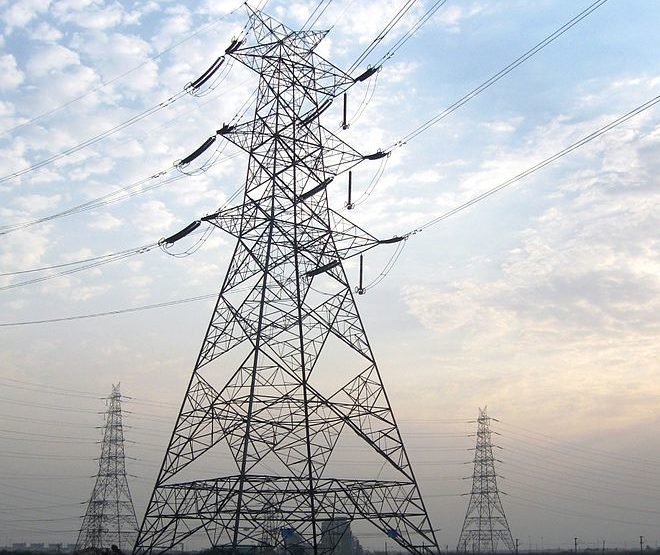The Australian Energy Market Operator (AEMO) says it is ready to address a heightened risk of power failure during summer peak-demand periods, having sourced up to 930 MW of off-market, emergency reserves.
As pointed out in its 2018 Electricity Statement of Opportunities, AEMO expected a heightened risk of involuntary load shedding in Victoria and South Australia based on refinements in weather forecasting and reduced reliability of ageing fossil fuel generators.
To address this, the AEMO has contracted the additional reserves under the Reliability and Emergency Reserve Trader (RERT) mechanism in close cooperation with industry and government, reads its Summer 2018/19 Readiness Plan, outlining the plans and actions taken to prepare Australia’s power system for the hot days ahead.
“The Bureau of Meteorology is forecasting a hotter and drier summer which, coupled with other risks we have identified, suggest we have a challenging summer awaiting us,” said AEMO Managing Director and Chief Executive Officer Audrey Zibelman.
“But while we know that unexpected events can and do happen, particularly when the power system is under pressure and most prone to failure, AEMO is confident the plans we have made and the targeted actions we have taken in collaboration with the wider energy industry and governments, have appropriately equipped us to tackle any unforeseeable events the upcoming summer might bring.”
As blackouts were forecast most likely to happen in Victoria this summer (a one in three chance), the state has taken additional steps towards ensuring the power system’s stability, including the commissioning of two grid-scale batteries – the 30 MW / 30 MWh Ballarat Battery Energy Storage System and the 25 MW / 50 MWh Tesla battery collocated with the 60 MW Gannawarra Solar Farm.
But, compared to the last year, when AEMO needed to source nearly 2 GW of additional resources, this year’s emergency reserves are much smaller totaling 930 MW.
This includes 132 MW of demand response capacity of a trial conducted by AEMO and ARENA, of which 90 MW (70 MW in Victoria and 20 MW in South Australia), while an additional 57 MW will potentially become available this summer, including 25 MW in Victoria and South Australia.
“Our continued operational efficiencies and refinements in our forecasting methodologies, together with the increased capacity of approximately 2,100 MW of new generation capacity, means we did not need to procure the same level of strategic reserves as last summer,” said Zibelman.
The new capacity is made up primarily of wind and solar generation, as well as some battery storage. Only in Q3 2018, over 1,200 MW of new large-scale solar and wind capacity commenced generation, marking the record quarter for renewables on the National Electricity Market and accounting for more than 20% of the supply mix.
For context, the NEM’s total registered generation capacity in July 2018 was around 56 GW, of which wind and solar represented around 6 GW.
Beyond this summer, AEMO is expecting almost 6 GW of new wind and solar to be operational in the next two years, further reducing the risk of power outages.
Rooftop solar is also significantly contributing to taking the load off the grid, and AEMO expects the trend of maximum demand shifting later in the day to continue. South Australia, for example, has the NEM’s highest rooftop PV penetration and experienced its peak last summer at 8.00 pm.
“While underlying demand (the total energy used by consumers) is expected to be higher, the growing contribution of rooftop PV means this is not expected to translate to higher grid demand,“ the report reads.
In addition, AEMO says that increased sampling of real-time data from rooftop PV systems has improved the accuracy of short-term forecasts.
“However, mid to longer term strategic planning and resource investment, such as those outlined in AEMO’s Integrated System Plan, will be necessary to not only manage the power system during peak summer periods, but also to ensure ongoing reliability and stability of Australia’s power system throughout the year,“ AEMO notes on its website.
This content is protected by copyright and may not be reused. If you want to cooperate with us and would like to reuse some of our content, please contact: editors@pv-magazine.com.









By submitting this form you agree to pv magazine using your data for the purposes of publishing your comment.
Your personal data will only be disclosed or otherwise transmitted to third parties for the purposes of spam filtering or if this is necessary for technical maintenance of the website. Any other transfer to third parties will not take place unless this is justified on the basis of applicable data protection regulations or if pv magazine is legally obliged to do so.
You may revoke this consent at any time with effect for the future, in which case your personal data will be deleted immediately. Otherwise, your data will be deleted if pv magazine has processed your request or the purpose of data storage is fulfilled.
Further information on data privacy can be found in our Data Protection Policy.